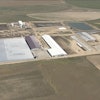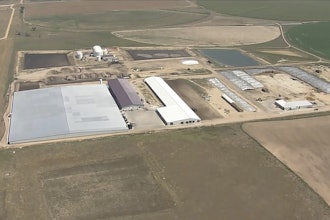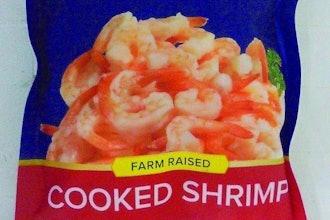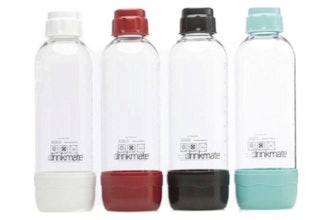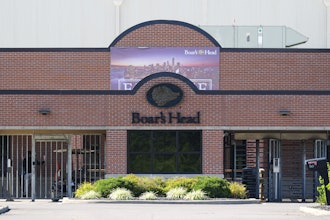Most distribution center managers know just how important it is to keep distribution centers clean and healthy. Doing so protects indoor air quality, which in turn protects the health of distribution center workers, which in turn can help improve worker productivity and morale, which in turn minimizes mistakes, which all results in a cost savings for distribution facilities.
And one way to help keep them clean is by installing floor mats at key entries and throughout distribution facilities. ISSA — the worldwide cleaning association — and other reputable organizations have reported the following statistics related to floor mats:
- Most moisture and soil is “walked” into a facility on shoe bottoms.
- 15 feet of matting can capture and trap up to 80 percent of moisture and soil from shoe bottoms.
- Thirty feet of matting can capture and trap up to 100 percent.
- It is estimated that it costs anywhere from $600 to as much as $800 to remove one pound of soil from a building’s interior.
- While there are no precise figures, we know that mats help reduce slip-and-fall accidents by absorbing moisture.
- Mats play a significant role in extending the life of both hard- and soft-surface flooring; it is believed that sustained tracking of moisture and soil onto floor surfaces is the primary factor in the wearing of floors.
- Facilities seeking LEED certification are now required to have floor mats at all key building entries.
All of these statistics are generally accepted by the professional cleaning industry, “green” advocates, and building owners and managers. Just the fact that the U.S. Green Building Council’s LEED program now requires the installation of floor mats at building entries is an indication of just how effective they can be.
But, unfortunately, there is a “catch” — all floor mats are not created equal. Some mats are high-performance mats and some are low-performance mats. This distinction makes a big difference in how effective the mat is.
What Is A High-Performance Mat?
Without even looking at a mat, it is fairly easy to determine if it is a high-performance mat. Just take a look at the warranty. A high-performance mat typically will have a warranty that extends for one to three years — sometimes longer. A low-performance mat will have a warranty of about 90 days.
The disparity in these warranties tells us a lot. It all comes down to quality of materials, fibers, bindings and backings used to manufacture the mats as well as the overall quality of construction.
Lower-performance mats essentially are commodities, meaning that they are widely available from many different manufacturers and the driving force in marketing them is price, not necessarily quality.
A high-performance mat typically is purchased, not rented, so there is an up-front charge. However, it also will last longer and provide most if not all of the benefits a mat can offer. And while the lower service charge to rent low-performance mats can be enticing, doing a little math often will indicate that in the long run, purchasing a high-performance mat may actually result in a cost savings.
For instance, according to one manufacturer, if a distribution facility pays a rental fee of $50 per week for two 3x5’ mats, the annual cost will be $2,600.
If the same facility replaces the two rental mats with two high-performance mats, the initial cost to purchase will be about $500, but the annual cost of maintenance (regular vacuuming/deep cleaning quarterly) should be about $2,080 — a savings of $520.*
Why “Storing” Is So Important
As already mentioned, high-performance mats have the ability to capture and trap soils and moisture. In the matting industry, this is referred to as “storing.” Storing means that the mat is able to contain moisture and soil in one place — in the mat — so that it is not walked into the facility. To remove these stored materials, the mat will need to be vacuumed and eventually cleaned using the extraction method.
Low-performance mats often are too thin to store contaminants. This means that as the mat becomes saturated with soil and moisture, its effectiveness is marginalized. High-performance mats are more effective at storing, and some high-performance mats are bi-level so that the stored contaminants filter down to the lower level of the mat. This helps keep the top surfaces that people walk on cleaner so the mat can perform more effectively.
While there is a “catch” when selecting floor mats, it’s not an indication that managers have been purposely misled. It’s just, as mentioned earlier, many are not aware that all mats are not created equal. But now you know, and by selecting the right floor mats, you can make your facility safer and healthier.
Adam Strizzi is marketing manager for Crown Matting Technologies, one of the oldest and largest mat manufacturers in the U.S. He can be reached through his company website at www.crown-mats.com
*These are estimates based on customer experience and can vary in different situations, with different type of mats and with different types of facilities; however, most statistics indicate that in the long run it is less expensive to purchase than to rent.


